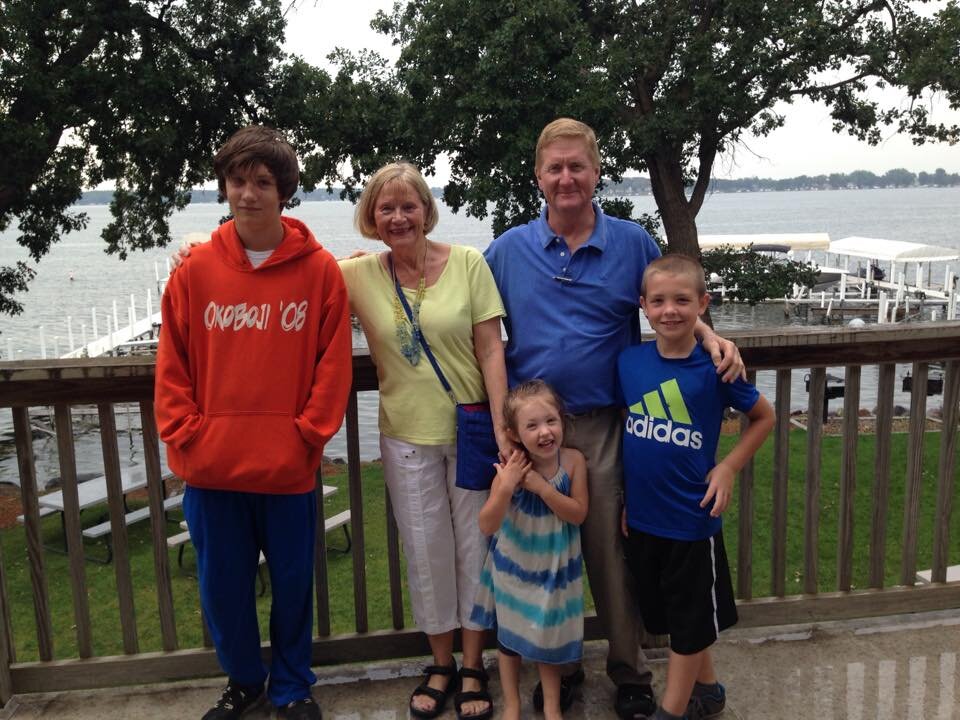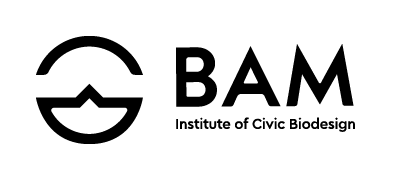
Beverly Ann Miller Foundation.
BAM Foundation: Building a Regenerative Future
We stand at the edge of a new frontier. The Fourth Industrial Revolution has unleashed unprecedented knowledge, technology, and productivity. But this progress comes at a cost—profound disruptions to our environment, economies, and communities. The challenges of this era are daunting, demanding leadership that is adaptive, innovative, and bold.
In the Great Plains, a new kind of leader is emerging—nurtured by the BAM Foundation. Inspired by the enduring spirit of Beverly Ann Miller, the BAM Foundation equips learners of all ages to confront society’s most pressing challenges through its flagship initiative: the BAM Institute of Civic Biodesign.
This is not business-as-usual education. The BAM Institute transforms traditional learning models, prioritizing:
Whole-systems thinking over disciplinary silos
Immersive, real-world environments over abstracted classrooms
Adaptive experimentation over fixed solutions
Civic engagement over theoretical exercises
The BAM Foundation doesn’t just teach problem-solving. It teaches problem-framing. By blending biological insight, design innovation, and community-centered action, students are empowered to regenerate systems—ecological, economic, and social—at scales that matter.
What is Civic Biodesign?
Civic Biodesign bridges two worlds: “civic” reflects BAM’s commitment to community-based, community-oriented solutions, while “biodesign” combines the wisdom of natural systems (“bio”) with human creativity and ingenuity (“design”).
At its heart, Civic Biodesign fosters symbiosis—between people and place, innovation and tradition, systems and outcomes. It’s future-forward, interdisciplinary, and action-oriented. Students will tackle challenges that sound like science fiction but are happening today:
Designing regenerative urban micro-prairies
Creating housing from fungus-based concrete and hemp panels
Restoring watersheds through natural solutions
Using robotics and AI for sustainable resource management
Cultivating food forests on small acreages
Crafting policies and governance inspired by biological systems
Civic Biodesign isn’t just about restoring what’s been lost but designing systems that thrive.
A Vision for Transformative Leadership
The BAM Institute is more than an educational program—it catalyzes regional and global change. We envision:
Regenerative agriculture that revitalizes soil, watersheds, and food systems.
Circular economies that minimize waste and maximize community resilience.
Human-centered neighborhoods that blend ecological principles with design innovation.
Healthcare solutions informed by biodesign and systems thinking.
Open-source tools and technologies that bypass obsolescence and empower communities.
Our students will turn ideas into action, using the Great Plains as their living laboratory. They’ll roll up their sleeves, apply regenerative strategies, and build systems harmonizing with natural and human environments.
Why Sioux Falls?
Sioux Falls is the perfect launchpad for BAM’s mission. A city of dynamic growth and cooperative spirit, it sits at the intersection of opportunity and challenge:
A thriving economy ready for innovation.
Access to rural communities grappling with agricultural shifts and resource degradation.
A watershed in need of restoration, bisected by the Big Sioux River, one of the nation’s most polluted waterways.
A network of human, plant, and animal sciences poised to support groundbreaking work.
Sioux Falls is not just our starting point—it’s our proving ground. Here, BAM will demonstrate the power of Civic Biodesign to transform challenges into opportunities.
The Need: Why Now?
The Great Plains faces significant transitions. BAM addresses four interconnected needs:
1. Educational
Traditional education models aren’t keeping up. Rigid structures, theoretical curriculums, and time-based programs fail to engage learners ready to solve real-world problems. The BAM Institute’s project-based, competency-driven, and network-supported approach empowers students to lead immediate change.
2. Economic
The region’s agricultural and economic landscape is shifting. BAM students will cultivate local solutions—testing regenerative practices, supporting businesses, and sparking economic growth through workforce development and innovation.
3. Ecological
Degraded soils, polluted waterways, and unsustainable development threaten the region. BAM projects focus on regeneration—restoring ecosystems, sequestering carbon, purifying water, and pioneering climate-resilient practices.
4. Community
Great Plains communities need forums for innovation, connection, and talent retention. BAM fosters collaboration between students, leaders, and stakeholders—bridging silos to create solutions that resonate locally and scale globally.
Our Impact: A Culture of Innovation and Regeneration
The BAM Foundation will establish a culture of wholeness—for individuals, communities, and ecosystems:
Educational: Students will leave the BAM Institute as systems thinkers and adaptive leaders, capable of translating vision into action.
Economic: BAM will drive workforce innovation, support regenerative businesses, and equip communities to thrive amidst economic transitions.
Ecological: Every BAM project engages ecological restoration—addressing complex, interconnected challenges with nature-inspired solutions.
Community: By breaking down silos, BAM will strengthen communities, attract new talent, and inspire civic action.
A Legacy of Connection
The BAM Foundation was born from legacy and vision. Beverly Ann Miller, an educator, nurse, and advocate for those overlooked by traditional systems, believed in giving everyone a fair chance to succeed. Her husband, Les Miller, shared this passion for interconnection—seeing early in his career that the health of our ecosystems and communities are inextricably linked.
Gathered around the Miller dinner table in 2019, a group of civic leaders envisioned the BAM Foundation as a vehicle for transformation. They saw potential—not just to restore what’s been damaged, but to reimagine what’s possible.
Join the Frontier of Change
The BAM Foundation and the BAM Institute of Civic Biodesign are more than an educational initiative—they are a movement. We invite learners, leaders, and partners to step into this frontier with us.
Together, we can cultivate resilient systems, innovative solutions, and thriving communities across the Great Plains—and beyond.
This is not a moment for incremental change. This is a call for transformation.

